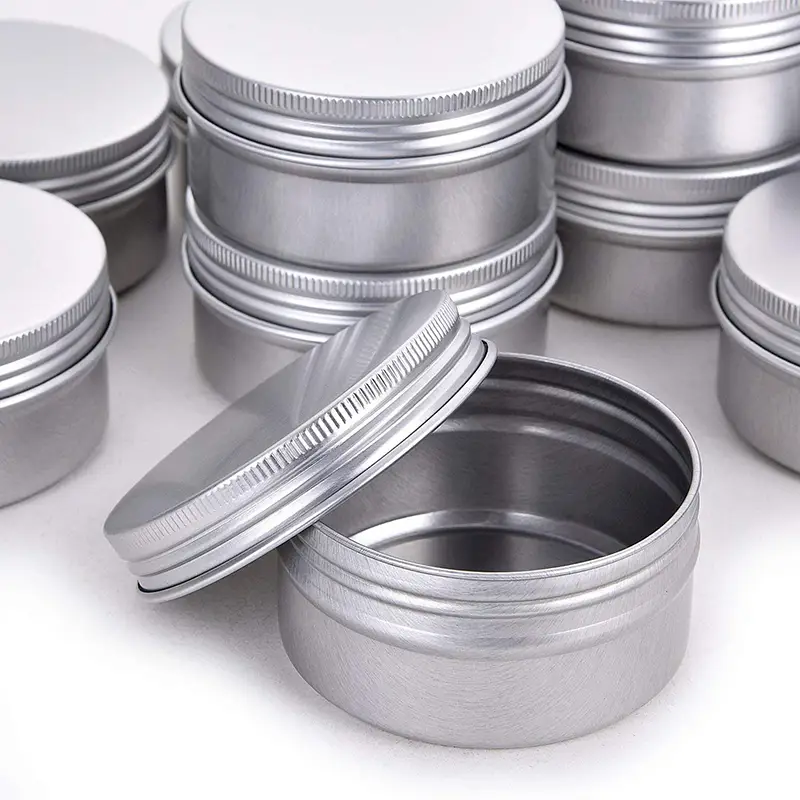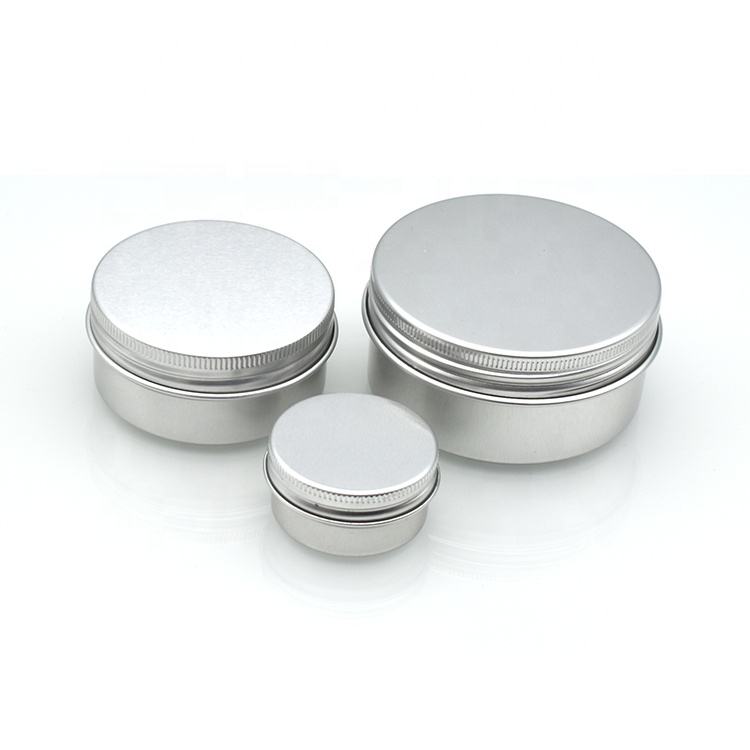According to the World Health Organisation, 30% of the food in developing countries perishes due to the lack of packaging. Packaging saves ten times more waste than it creates; if, due to being badly packed, the contents are spoiled, ten times more waste occurs than that generated by the production of appropriate packaging.
Aluminium in food and drink packaging applications saves more resources than are needed in its production.
Various Life Cycle Assessments (LCAs) show that aluminium packaging and household foil contribute less than 10% of the environmental impact in a product‘s lifecycle – production, preparation and consumption.
A study of the coffee supply chain has shown that only 10% of the total energy consumed between the production and use of the coffee is attributable to packaging compared with 50% for the production of the coffee, 35% for its preparation and handling and 5% for the other parts of the chain.
In the supply chain of a soft cheese, aluminium foil’s contribution to energy consumption is, even if the metal is not recovered after use, less than 10%. Incineration or recycling improves this ratio further.
Thus, adequate protection of the food saves more resources than those needed for the production of the protective packaging.
Lighter packaging means less fuel consumption, reduced emissions from transport and easier handling at the retail level. A good example is the aluminium beverage can. Using aluminium cans instead of traditional packaging materials means around twice as much drinks volume can be transported per truck load. The weight of the packaging materials is less than 10% of the total weight of the load. Clearly, a far more efficient and environmentally friendly way to transport such products – not forgetting the advantages of shelf impact and product protection.

